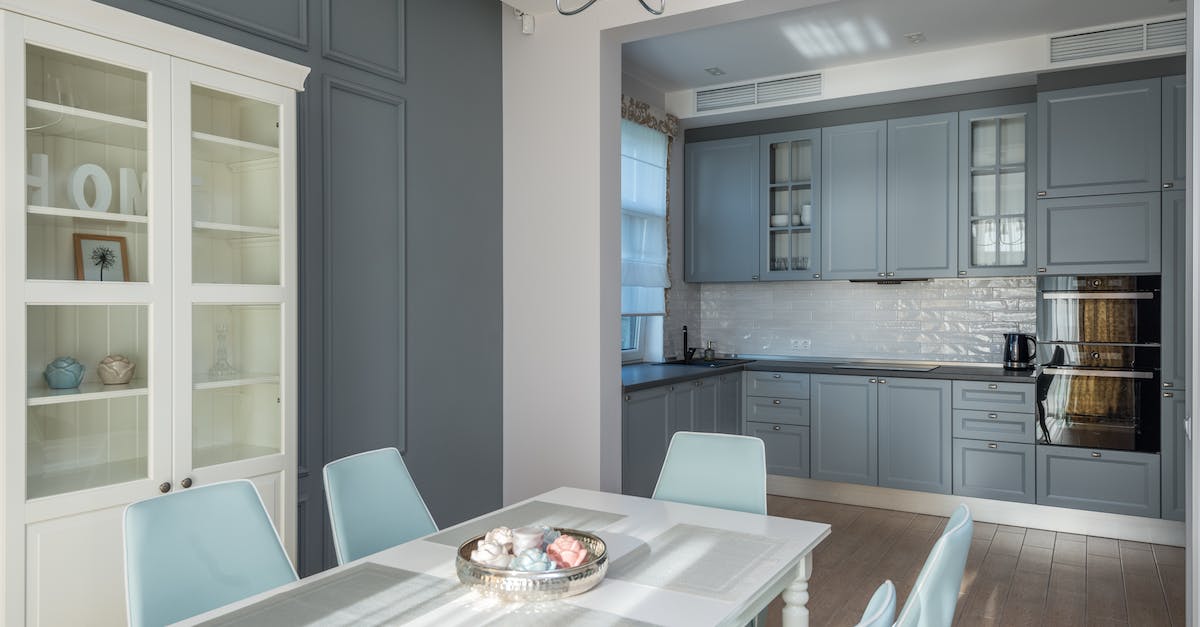Introduction
In today’s market overflowing with mass-produced items, craft furniture, also known as artisanal or handcrafted furniture, provides a refreshing contrast. By opting for craft furniture, you are choosing a piece that is uniquely yours, handmade with attention to detail, designed with local materials, and often with ages-old tradition and skill. This article will guide you through understanding craft furniture, its benefits, styles, and how it offers a sustainable option in home decoration.
Understanding Craft Furniture
Craft furniture refers to pieces of furniture that are created manually by artisans rather than mass-produced in factories. Each piece is unique, reflecting the individual skill, character, and aesthetic of the craftsman. Craft furniture can be found in various forms, from tables, chairs, and cabinets to decorative items like lampshades and mirrors, each with its unique touch.
The Benefits of Craft Furniture
One of the main benefits of craft furniture is its quality. Since every piece is handcrafted, considerable time and effort go into each item, ensuring top-notch quality and durability. Moreover, craft furniture has a distinctive charm and authenticity that factory-made pieces often lack; as each item tells a story about its creator’s journey.
Craft furniture also offers limitless customization options. You can collaborate with the artisan to tailor a piece that matches your exact needs and taste. You can dictate the materials, size, color, and other design elements to create a truly unique piece.
Various Styles of Craft Furniture
Craft furniture showcases a wide range of styles from traditional to contemporary. Traditional craft furniture often includes pieces inspired by specific historical periods or cultural influences. These could feature ornate wood-carvings or vintage fabrics which take you back in time. On the flip side, contemporary craft furniture uses modern design principles to create pieces that are minimalist and functional.
There’s also a growing trend of ‘upcycled’ craft furniture. It involves transforming discarded items or materials into stylish, functional pieces. This type of design gives a new life to old items while expressing an edgy, eco-friendly aesthetic.
Craft Furniture and Sustainability
Citing from the sustainability viewpoint, purchasing craft furniture can be an intelligent choice. Artisans often use locally sourced materials and low-impact, traditional manufacturing processes. This significantly reduces the carbon footprint compared to factory-produced furniture, which often involves high-energy production methods and long-distance transportation.
Moreover, the quality and durability of craft furniture mean you won’t need to replace it as often, leading to reduced consumption overall. Plus, many artisans are committed to using recycled or reclaimed materials, contributing further to sustainability.
Conclusion
In conclusion, craft furniture offers a unique blend of quality, authenticity, and customization that is hard to find in mass-produced items. Featuring a range of styles and a strong alignment with sustainable practices, investing in craft furniture not only enhances your living space but also pushes towards a greener future. As a consequence, craft furniture will continue to carve its unique space in our homes and hearts, marrying the concepts of aesthetics, personalization, and love for the planet. By opting for handcrafted pieces, you contribute towards an artisan’s livelihood, preserve traditional craftsmanship, and promote sustainable consumption. Therefore, when considering your next furniture purchase, remember the multiple dimensions of value that craft furniture provides. Be it a unique art piece, a conversation starter, an heirloom, or a manifestation of your sustainability commitment – craft furniture delivers it all.
